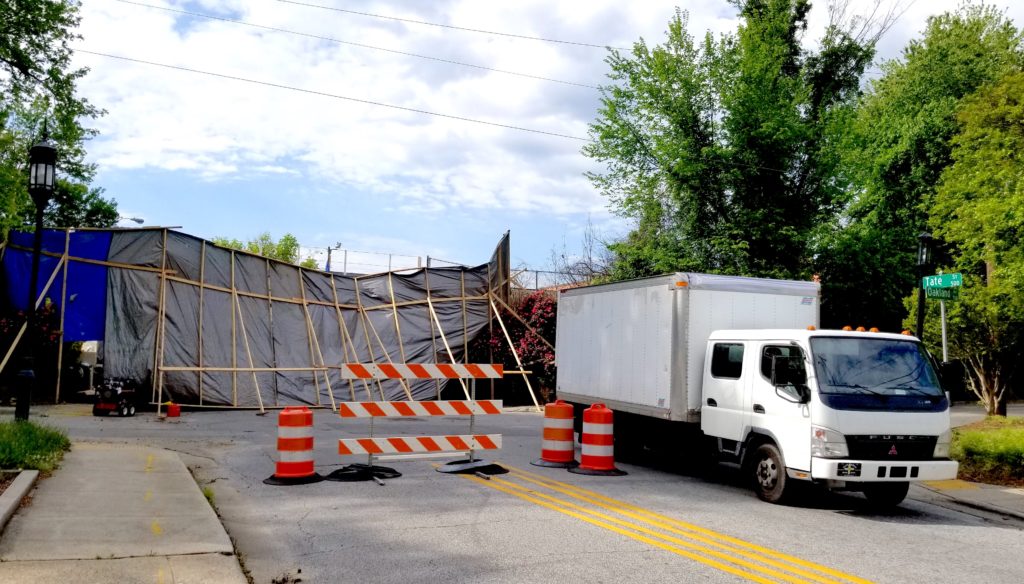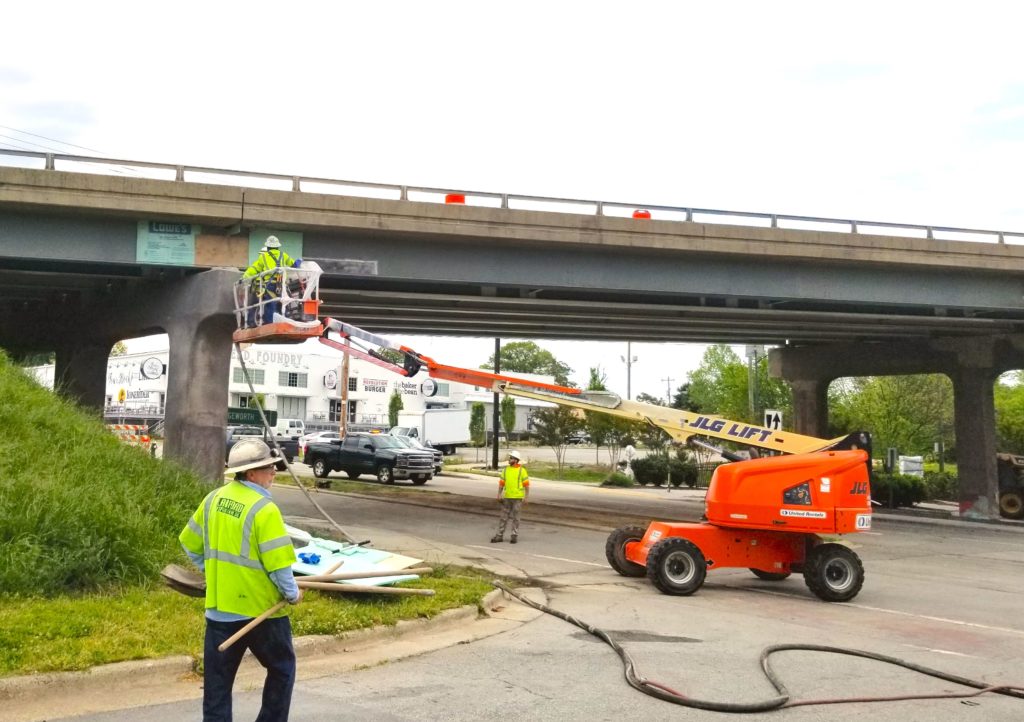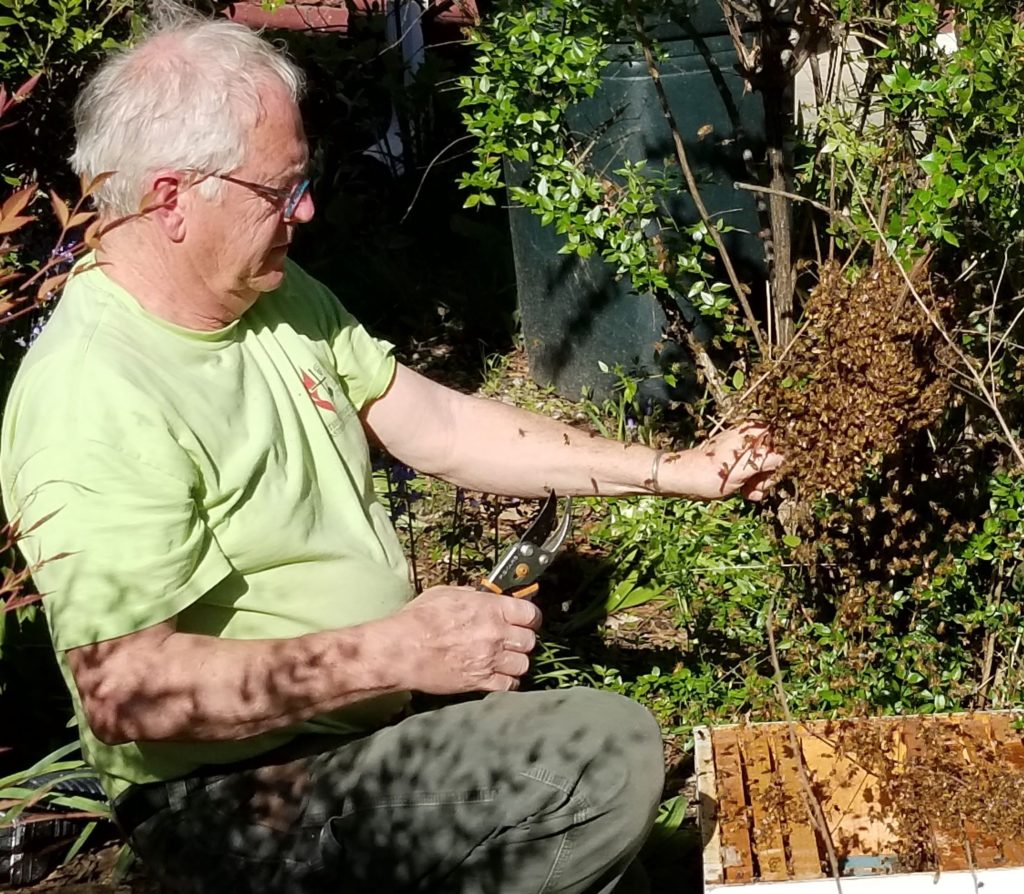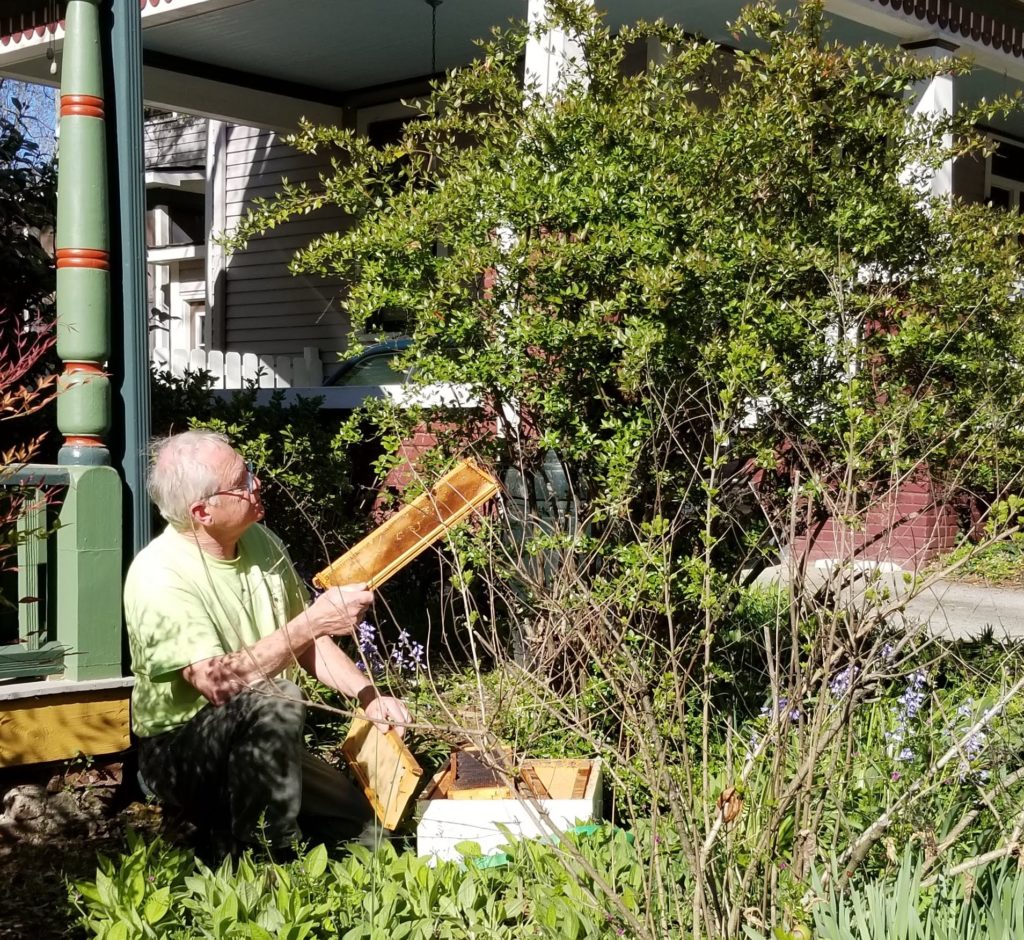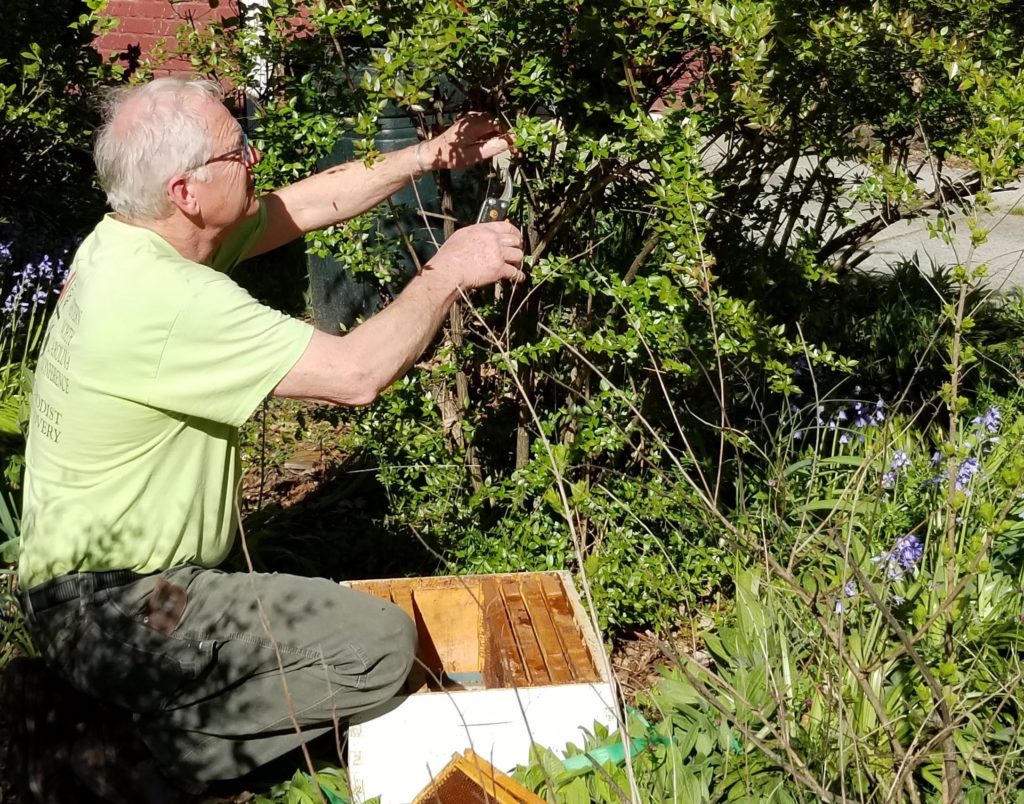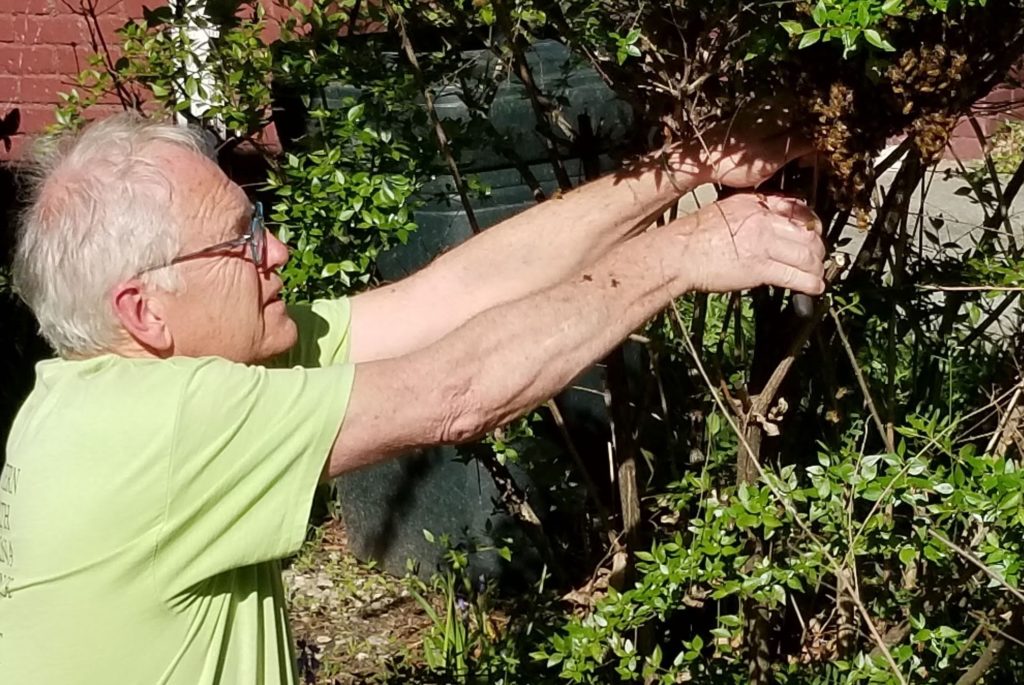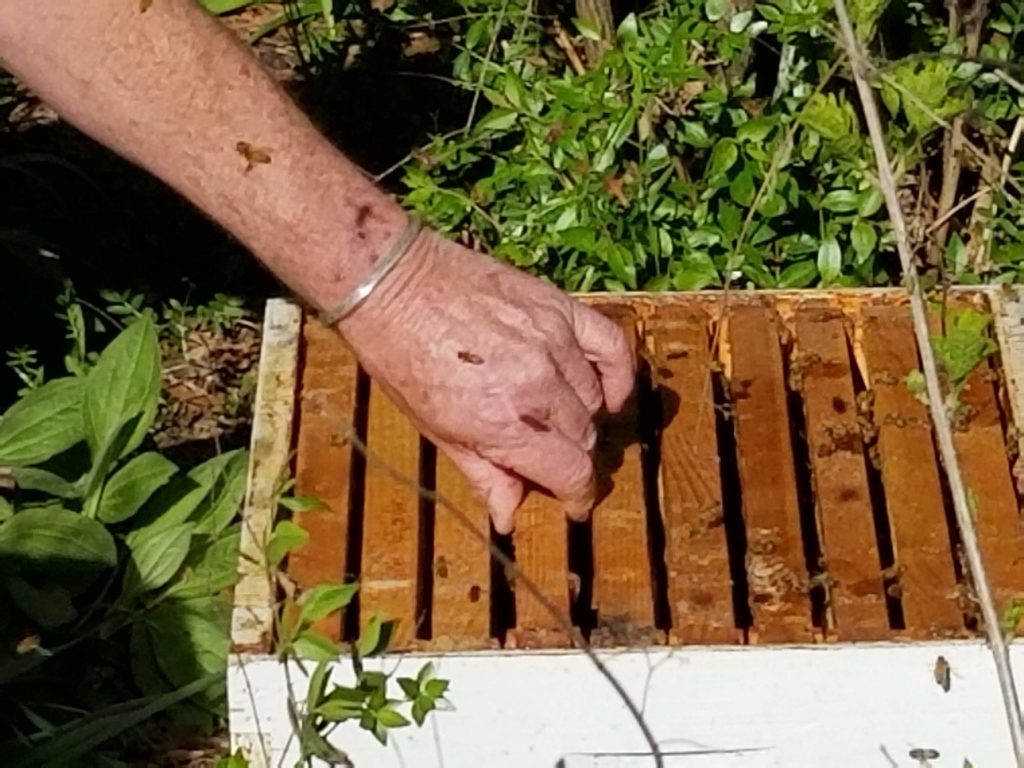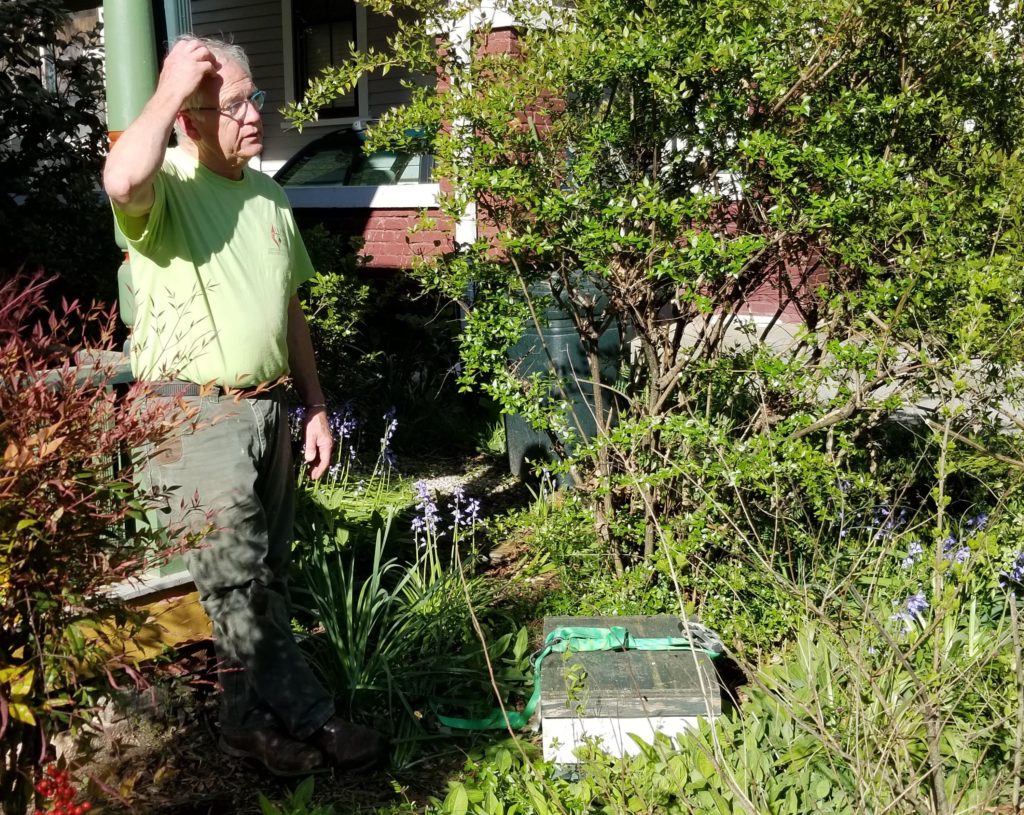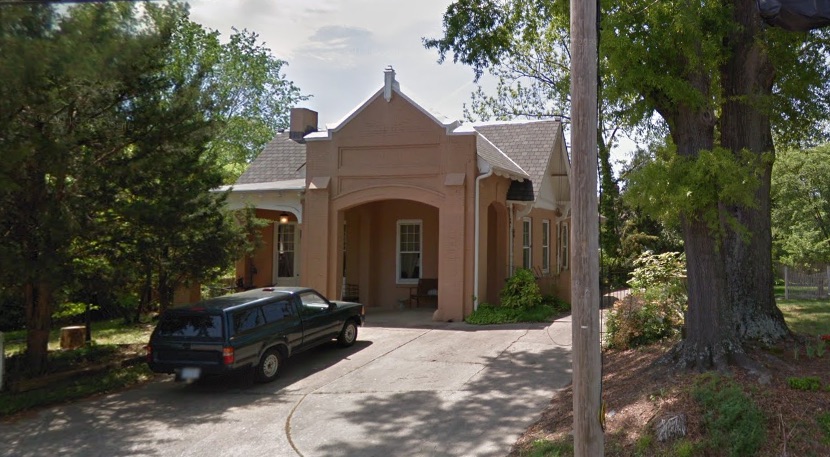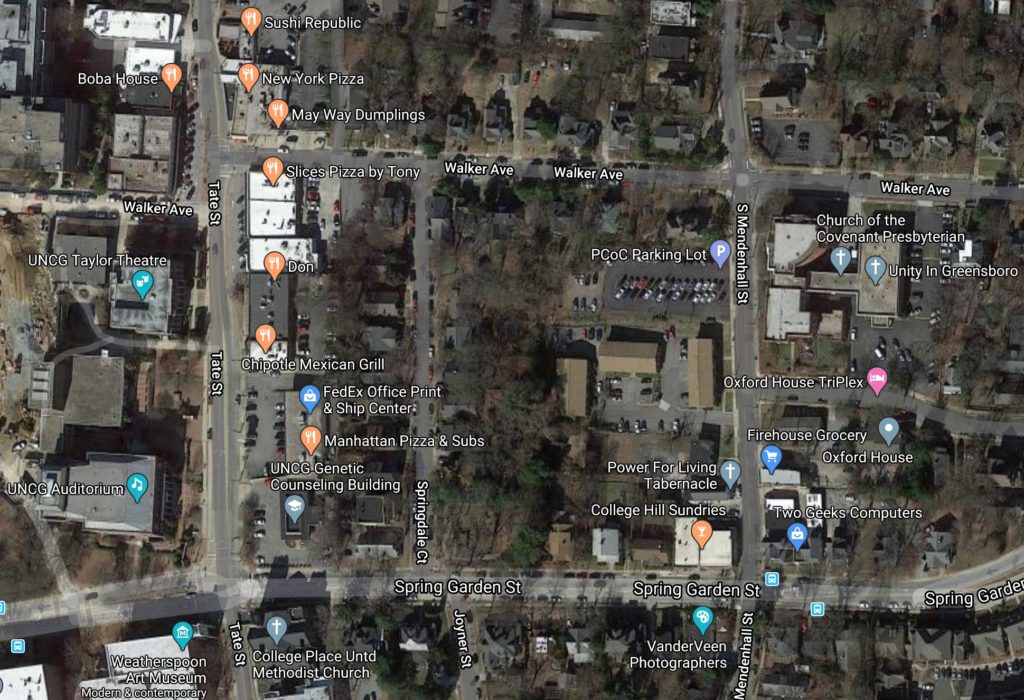
The National Memorial for Peace and Justice in Montgomery, Alabama, established by the Equal Justice Initiative
Update: The meeting has been postponed because of the coronavirus pandemic. A new date will be posted here when it is set.
The Guilford County Community Remembrance Project will present an informational session next week about their work on the Eugene Hairston lynching, the only documented lynching in Guilford County. The session will be held Wednesday, March 18, at the Presbyterian Church of the Covenant, Fellowship Hall, 501 S. Mendenhall Street. The church has a weekly potluck that begins at 6 p.m.; the presentation will follow, from about 6:45 to 7:30 p.m.
Please RSVP to 336-275-6403 or via email. For those preferring to attend only the presentation, it will follow dinner and is expected to begin at approximately 6:45 pm and end by 7:30 pm.
This information is from Terry Hammond of the Guilford County Community Remembrance Project:
We are working to bring awareness to the legacy of lynching and racial terror in Guilford County. In the only documented lynching in Guilford County, Eugene Hairston, a 17-year-old African-American from Kernersville, was accused of assaulting a white 17-year old woman from Colfax. He was “taken into the suburbs of the city, in the neighborhood of Mr. Jackson’s farm and hanged near the little brick school house,” the Greensboro Morning News reported on August 26, 1887. After months of research, the location has been determined to be close to the present day Presbyterian Church of the Covenant and Jackson Street/Walker Avenue.

Click image to read the EJI report “Lynching in America”
Working with the Equal Justice Initiative, the remembrance project will collect soil from the lynching site in May to be included in EJI’s Legacy Museum in Montgomery, Alabama. It also will erect a historical marker about the Hairston lynching and more general information about lynching in the United States. In addition, the project will create a memorial site for a monument that will duplicate the one at the National Memorial for Peace & Justice in Montgomery, which is waiting to be claimed by Guilford County.
Our coalition will be presenting an informational session about our work so far and our plans for the Soil Collection ceremony at the Presbyterian Church of the Covenant (to be held in early May) on Wednesday, March 18, in the Fellowship Hall. The church has a weekly potluck that begins at 6 p.m.; our presentation will follow, from about 6:45 to 7:30 p.m.
Please RSVP to 336-275-6403 or via email. For those preferring to attend only the presentation, it will follow dinner and is expected to begin at approximately 6:45 pm and end by 7:30 pm.)
We invite members of the College Hill Neighborhood Association to attend this event.
Here are links to some of our recent media coverage: Editorial in the News & Record, Our Opinion: Light unto darkness, and front-page features in the News and Record and Triad City Beat.
